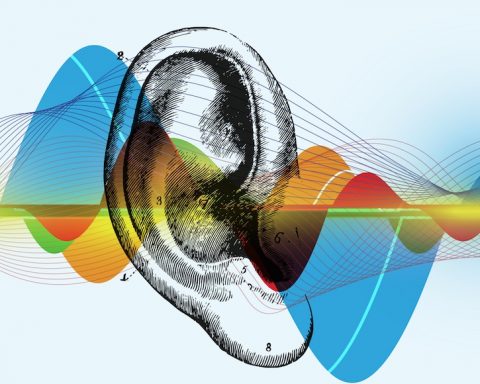Percutaneous coronary interventions are minimally invasive surgical procedures aimed at treating coronary artery disease, either after a heart attack or to potentially prevent one, when the narrowing of a coronary artery is diagnosed, due to a number of factors, including genetic and behavioral, that medication and lifestyle changes alone cannot successfully reverse.
Angioplasty can be delivered with or without stents, although a stent is usually inserted in order to give the blood vessel or the aortic valve an extra boost to stay clear for longer and avoid narrowing again under the constriction of cholesterol or calcification (aortic valve stenosis).
The procedure is carried out under sedation, to help the patient relax, but seldom under general anesthetic because the patient’s alertness and cooperation are required involuntarily muscle contraction.
A catheter is inserted in a large artery, usually at the groin, wrist and arm, and then guided upwards to the heart, following its progress on the X-Ray video screen, thanks to the contrasting agent.
Once it reaches the treatable area, there are different options:
Rotational atherectomy: this procedure is less common nowadays, since angioplasty tends to be more precise and less invasive, but it may prove necessary in some cases. Cardiologists insert a special mini-drill in the artery, and this blasts off hardened calcium deposits in the blood vessel.
Balloon angioplasty: the catheter contains a minute folded balloon, which the doctor inflates when it reaches the blocked artery, to expand it. Once it is stabilised, the balloon is deflated and removed. Since this is a temporary solution that may not succeed in keeping the passage clear for a long time, when possible it is preferable to proceed with
Stent angioplasty: a mesh tube wrapped around the folded balloon expands when the balloon is inflated, and it is left in place when the balloon is removed, so that it can prop the artery open for longer. Stents may be coated with slow-releasing drugs to decrease scar tissue texture and to act as blood thinners, and are often dissolvable so that metal isn’t lodged in the heart permanently. The downside is that, if the pathology recurs, the insertion of a new stent may be required later in life.
Laser angioplasty: if the catheter is equipped with a laser, the cardiologist can guide it to shoot and vaporise arterial blockages. This technique is indicated for extreme cases only, as absolute precision is required and it may cause cauterisation damage to surrounding tissue.
Recovery
Being minimally invasive, angioplasty carries minor risks and enjoys speedy recovery, and complications only depend on the patient’s general health.
The procedure takes no longer than two hours and if there are no complications or previous co-morbidities, the patient can be discharged on the same day or overnight.
The intervention can be either planned or emergency, for angina the first, and following a heart attack the latter. Longer hospitalisation may be advisable if the patient was admitted and treated for heart attack.
Of course emergency treatment is riskier because there is little time to prepare the patient for the procedure, evaluate co-morbidities and modify medication, especially if the patient was already on anticoagulants.
Routine angioplasty patients are usually able to return to work after one or two weeks, while emergency ones may require longer convalescence.
Strenuous physical activity must be avoided until the wound heals, and driving after angioplasty is discouraged.
If the patient suffers from kidney disease, the contrast chemicals used during the procedure to highlight the catheter progress on screen can put further strain on the renal system.
Chest tenderness is a common post-op effect and can be relieved with pain killers. Medical attention should be sought immediately if you experience severe chest pain, lumps, discolouration or numbness in the area where the incision was made, or insistent bleeding which doesn’t stop when applying pressure. In these instances, dial for an ambulance, never drive yourself to hospital.
It is important to dress the bruise under the skin where the catheter was inserted to make sure it doesn’t get infected.
The patient is offered cardiac rehabilitation which includes diet, physiotherapy and gentle exercise, tailored to the patient’s general state of health and fitness.
Angioplasty patients are advised to avoid climbing stairs and put their sex lives on hold. However, after the procedure, their sex lives will improve in the long run. The vox populi rule tends to be that, if you can negotiate a couple of flights of stairs without being short of breath, then you can also have great sex.
This article aims at being informative only, with no medical or diagnostic pretenses. Consult your GP if you suspect you or a relative may be suffering from angina or atherosclerosis.
February is Cardiac Awareness Month.
The Gibraltar Cardiac Association is organising a public talk by consultant cardiologist Dr Roger Moore on Thursday 6th February at 6pm at the Charles Hunt room.









